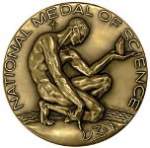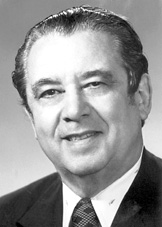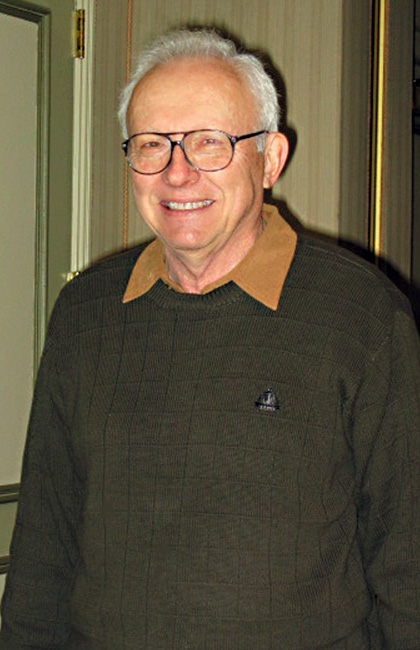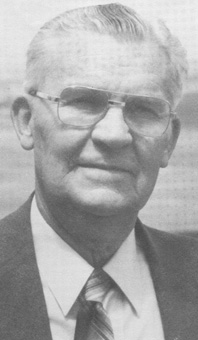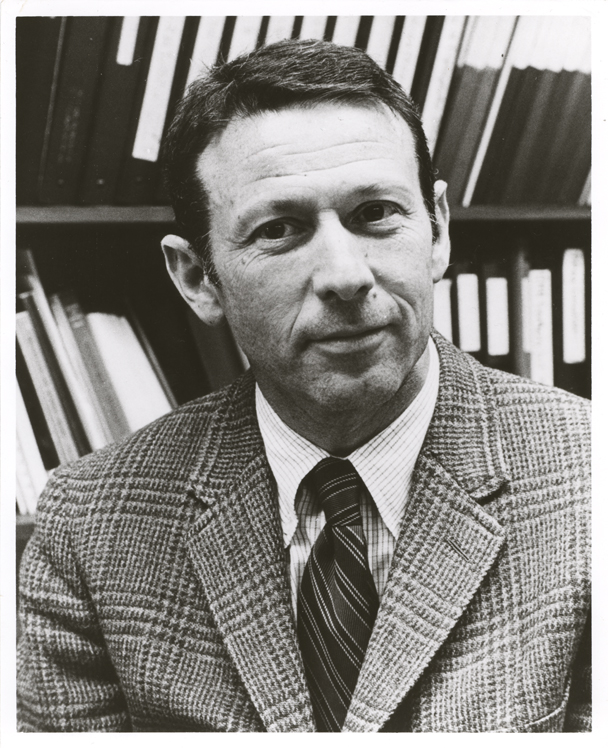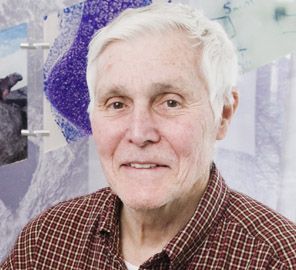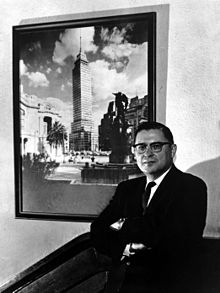Philip Hauge Abelson National Medal of Science Awarded In 1987
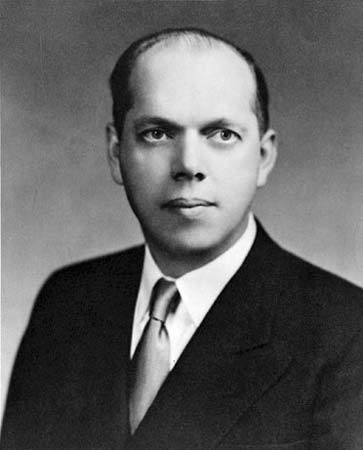
Philip Hauge Abelson
Award Name : National Medal of Science
Year of Award : 1987
Award for : Physics
Location : Tacoma, Washington, United States
Philip Hauge Abelson was an American physicist, a scientific editor, and a science writer. Philip Abelson was born in 1913 in Tacoma, Washington. He attended Washington State University where he received degrees in Chemistry and Physics, and the University of California, Berkeley, where he earned his Ph. D. in Nuclear Physics. Dr. Abelson's interests spanned chemistry, geology, biology and medicine, but it was as a physicist that he aided in the discovery of neptunium, the 93rd element in the periodic table, in 1940. Neptunium is a metal and a byproduct of uranium. He worked with Edwin M. McMillan, who shared the Nobel Prize for Chemistry in 1951 with Glenn T. Seaborg for their contributions in describing neptunium, plutonium and other transuranium elements. In 1946 Abelson returned to the Carnegie Institution and pioneered in utilizing radioactive isotopes. As director of the Geophysics Laboratory of the Carnegie Institution from 1953 to 1971, he found amino acids in fossils, and he discovered fatty acids in rocks more than 1 billion years old. He was president of the Carnegie Institution from 1971 to 1978 and trustee from 1978. From 1962 through 1984 he was the editor of Science, the weekly publication of the American Association for the Advancement of Science. In 1987 Abelson was awarded the National Medal of Science.
